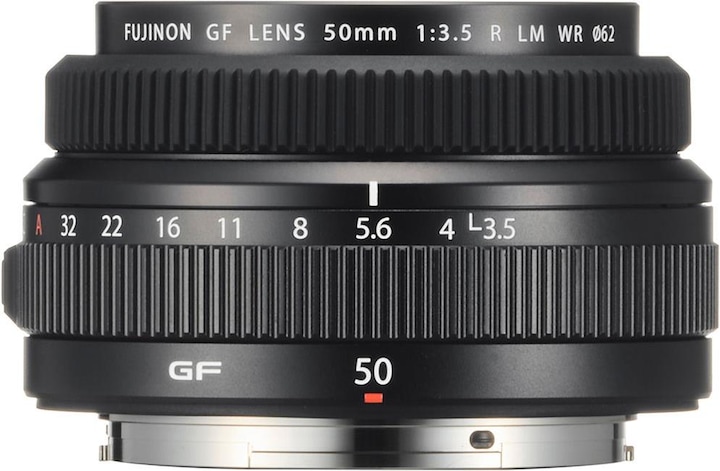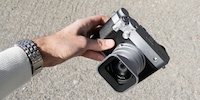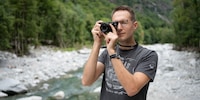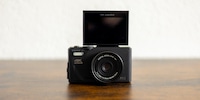
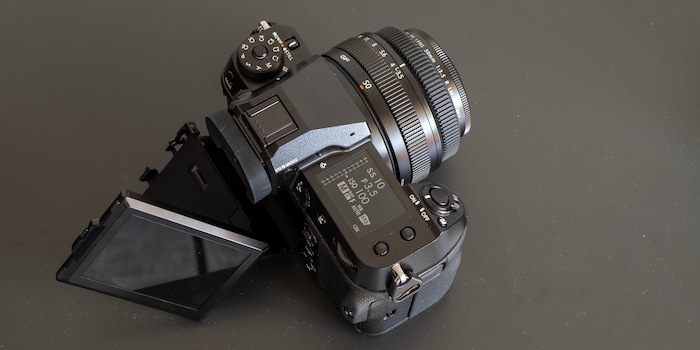
Fujifilm GFX 100S: 100 megapixels for everyday use
Strong machines exude power, from big bad motorbikes to high-performance computers and 100 megapixel cameras. But do they actually provide better results? The answer is yes – but only in certain circumstances.
101,756,928 pixels. This resolution is clear to see in photos taken by the Fujifilm GFX 100S. 11,648 pixels on the long side and 8,736 on the short side. Exceptional. But Fujifilm released a camera with this resolution two years ago: the Fujifilm GFX 100. However, it was super expensive. With the 100S, Fujifilm is practically delivering the same thing at a much lower price and in a more compact case. The only benefits of the GFX 100 over the new GFX 100S are longer battery life due to a larger battery and a viewfinder with a higher resolution.

The GFX 100S has existed since the start of the year, but availability was low for a long time. I finally managed to get my hands on one after months of delays. It's a medium format camera: at 44×33 mm, the sensor is a little bigger than full format's 36×24 mm. This means that individual pixels are still a sensible size even at this resolution. Pixels that are too small aren't much good, as they can't absorb enough light.
The zoom effect
Why 100 megapixels? First and foremost, you can really zoom in. And you can also crop the image accordingly. Here's how powerful the zoom is with 100 megapixels.
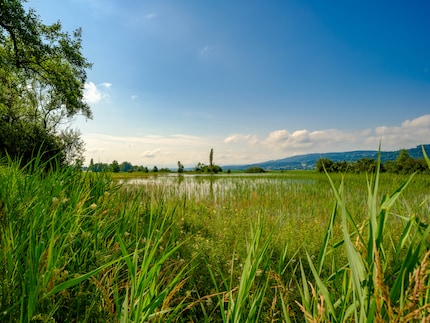
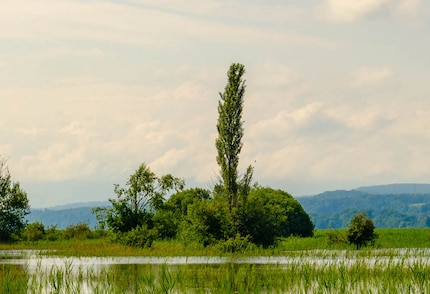
This would be the field of view with the same resolution for an original image with 50 megapixels. The difference isn't as vast as it might seem.
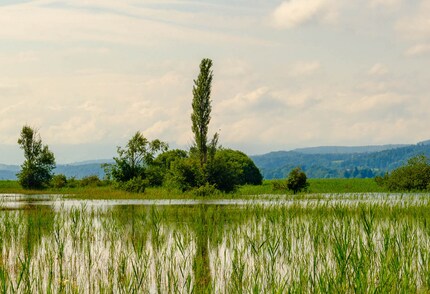
I've no doubt that the zoom is a welcome feature. 99 per cent of images these days are viewed on a screen, not on paper. Zooming in is an inherent part of that. The view that you always have to select the right field of view for the shot is blinkered and outdated, if only because it's not always clear what the «right» field of view is.
Unwieldy editing
The amount of data needing processing with 100 megapixels is no minor issue. An uncompressed 16-bit RAW file weighs in at over 200 MB. Even compressed without any losses, they're still around 130 MB, and they'll only get below 100 MB with lossy compression. If you're taking JPEGs as well, a gigabyte is only enough space for five shots. Even with compressed RAW files.
Data processing within the camera is quick. Despite the super high resolution, the Fujifilm GFX 100S can take five photos per second and, even without that, it makes a very nimble impression. But the editing on your computer can be cumbersome. It takes several seconds in Lightroom for me to be able to start editing. And even then the process falters, sometimes just when I try to zoom in. A powerful computer with a lot of RAM and a decent GPU is highly recommended when using this camera.
Side note: I don't see any difference in quality or feel any difference in processing speed between the three types of RAW – uncompressed, lossless compression and lossy compression. And I'm not the only one. You should only choose uncompressed if your editor can't read the other formats.
100 megapixels need 100% sharpness
To fulfil the potential of 100 megapixels in terms of sharpness and details, everything has to be right. The focus has to be exact, the lenses have to be tack-sharp, and the tiniest of shakes is visible. The 100 megapixels have to be developed.
Let's look at the lenses first. They have to be extremely sharp to give you a resolution advantage. I was able to try out four Fuji GF lenses.
All four were so good in the centre of the image that they deliver completely sharp contours in the 100 per cent overview. That even applies to the flat, relatively cheap 50 mm lens.
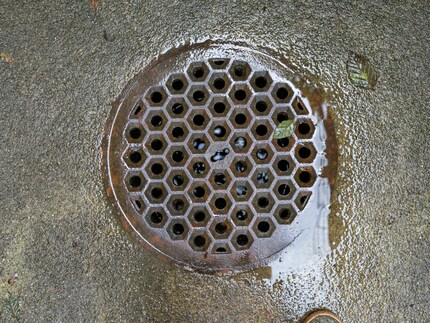
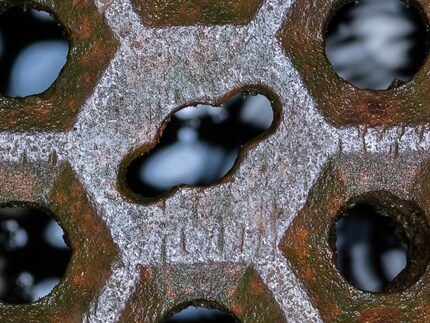
But that's not the case with the aperture. The contours in the corner of the image become blurred with both the 50 mm lens and the more expensive 45 mm lens. However, the more expensive 45 mm version performs markedly better.
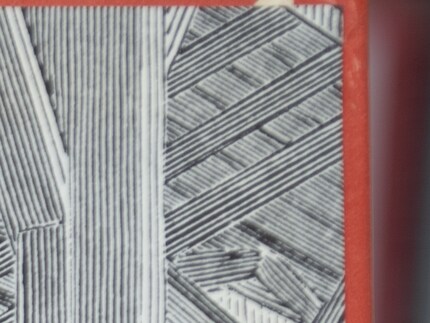
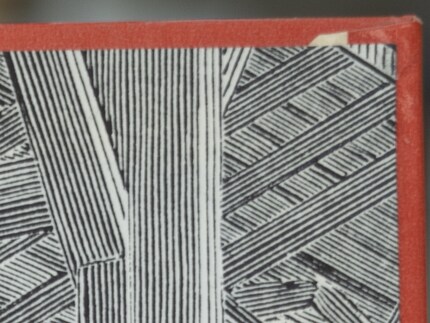
The 50 mm lens is already blurred at the corner of the image at f/8. The 45 mm lens does significantly better. Combined with a 100 megapixel GFX, the 45 mm lens's higher price and heavier weight are worth it.
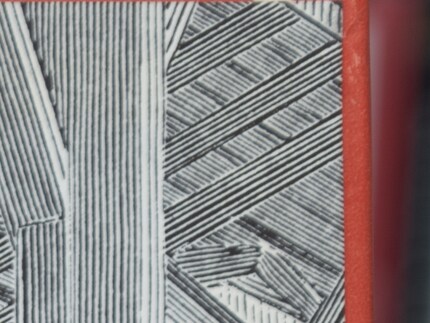
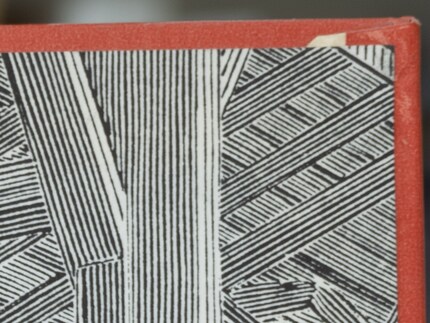
The 80 mm lens is the sharpest in the corner. It's incredibly sharp even at the very wide aperture of f/1.7.
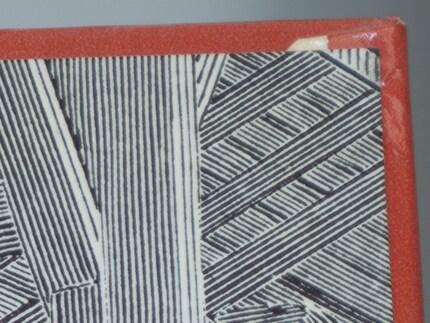
This shot is completely blurry in the centre. This is nothing to do with the lens; it's because of the extremely shallow depth of field. Because the book in the photograph isn't completely flat and therefore isn't 100 per cent perpendicular to the camera, the shooting distance is a tiny bit different. And that's enough to miss the focus point completely.
The shallow depth of field
Which leads me to the biggest challenge of shooting with this camera: the medium format's shallow depth of field. To achieve the same field of view, medium format requires a longer focal length than with smaller sensors – this creates a smaller area of sharpness. However, there isn't a huge difference to full format. But with 100 megapixels of resolution, you'll even see extremely small blurred areas when the image is enlarged.
Of course, a blurred background is also a great design tool that you can really make the most of in medium format. The problem is areas of the image that seem sharp at first glance, but are slightly blurred on closer inspection.
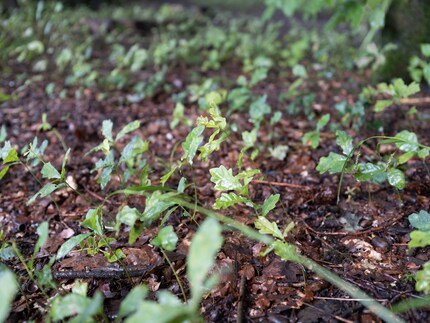
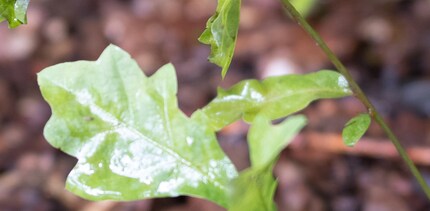
This makes it important to consider depth of field during image composition. The camera's support for this isn't bad, but it could be better. It shows the viewfinder image with the selected aperture, which is an advantage over SLRs or some system cameras. But as soon as I zoom in on the viewfinder to see whether an area of the image really is super sharp, the image is displayed with maximum aperture. I can get around it by prefocusing and holding the shutter button down, but it's awkward.
The autofocus itself is great. It's reliable, exact and fast. But manual focus is a better way to get more control of the depth of field. It also offers focus peaking, highlighting the edges of highest contrast in a bright colour. However, the display is always the same, whatever size aperture I choose. So, again, I don't know beforehand whether the crucial areas are sharp.
Another option on the camera is focus bracketing, where multiple shots of the exact same scene are taken at slightly different focus distances. The camera can automatically create the required number of shots. Typically, that's around 30 photos. Then they have to be combined into one image on a computer. You need special software and it's tricky to get it perfect. What's more, merging 30 images tends to bring a computer out into a sweat.
Shaking isn't a problem
I often had problems with tiny shakes on high-resolution cameras. Tiny blurred areas that wouldn't be visible at a resolution of 10 megapixels but are at 40 megapixels and up. I never had this problem with the Fujifilm GFX 100S.
This is partly because the camera itself doesn't cause any vibrations. As a mirrorless camera, it has no mirror slap, and you can use an electronic shutter instead of the mechanical one.
The camera also has an integrated image stabiliser. And it clearly does a good job. The shallow depth of field issue balances out somewhat because I can easily take photos by hand with f/16 and 100 ISO in daylight. At least, as long as I'm not using a telephoto lens.
Pixel size, dynamic range and image noise
Identifying dynamic range precisely is hard without a lab. I ranted about it recently. The DxOMark test lab is obviously not in a position to test Fujifilm sensors – probably because the sensors have a different RGB pattern to the conventional Bayer pattern. On PhotonsToPhotos.Net, the Fujifilm GFX 100 does very well in terms of dynamic range – better than the Fujifilm medium format cameras with 50 megapixels. It should be exactly the same on the 100S because it has the same sensor.
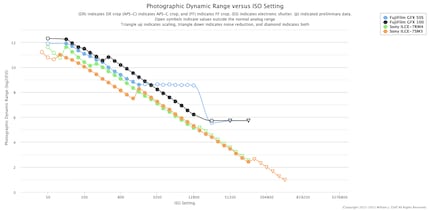
However, there aren't generally major differences between modern cameras with a large sensor. When it comes to everyday use, I can say that the GFX 100(S) has a good dynamic range, but it’s within the scope of what I've seen before. In suboptimal lighting conditions, I don't suddenly get great images just because I'm using a medium format camera.
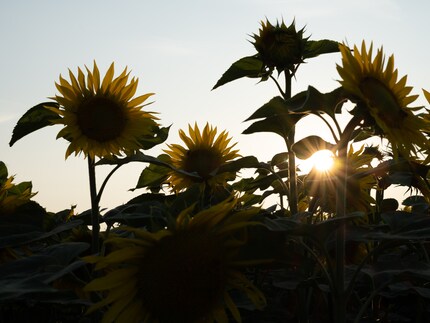
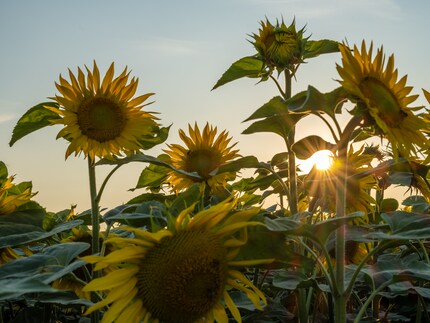
It doesn't come as a surprise if you compare the distance between the pixels and the size of each pixel. Large pixels are more light-sensitive, which has a positive effect on the dynamic range. At 3.8 micrometres, the distance on the GFX 100S isn't larger than that of the Sony Alpha 7R IV, and the typical 24 megapixel APS-C camera also has the same pixel spacing. However, the question then is why the Fujfilm GFX 50S doesn't perform better with 5.3 micrometres. Maybe because the sensor is already a few years older.
The image noise also corresponds to that of high-end full-format cameras. Noise when zooming in is already clear to see at 1600 ISO. But if you can use the very high resolution to further scale down images, a lot of the image noise disappears. So, it depends on whether you only want to use a section of the image and what your target resolution is.
Studio and landscape shots using this camera should be taken with a tripod. Just set up ISO 100 and you're good to go. I wouldn't attach too much importance to image noise. Of course, you'll get noise starting to appear at ISO 100 if you overdo the editing. But I don't know a camera that doesn't do it.
The photo below was taken with ISO 100. There's no noise even when you enlarge the sky.
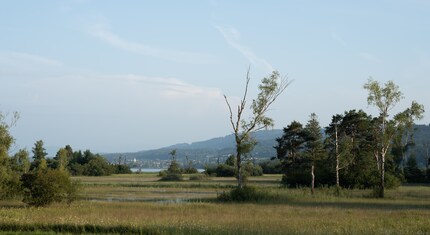
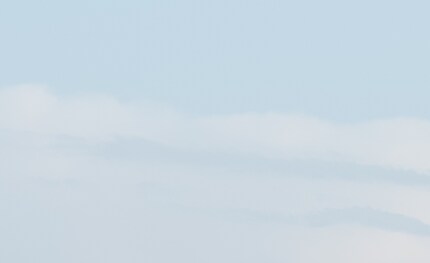
Here's the same image that's been heavily edited. The depth and light have been corrected by 84 and 75 per cent respectively, and 50 per cent of the haze has been removed. There's some noise in the sky, though not much, all things considered.
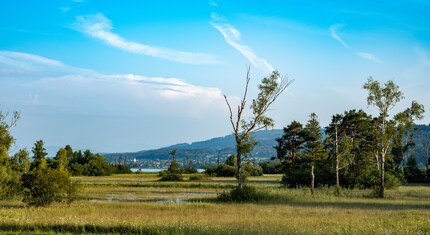
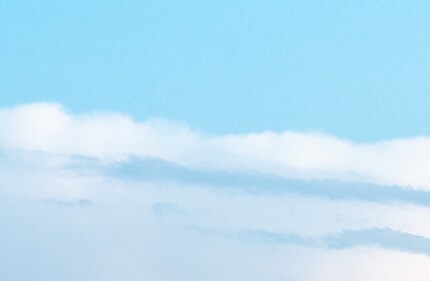
Verdict
A successful 100-megapixel image is a glorious thing. But everything has to be right. The lenses have to be excellent, and so does your computer, otherwise you'll lose it when editing RAW images. And even then, you'll never achieve the potential promised by the resolution. Primarily because you don't have perfect control over the depth of field. The GFX 100S is therefore not for the average amateur photographer, even if you have the budget. It's a very good camera, but only for specialist uses: studio shots for billboards or landscape photography which requires maximum resolution. For everything else, I'd opt for a model with lower resolution given the current technology – it doesn't matter whether it's small or medium format.
My interest in IT and writing landed me in tech journalism early on (2000). I want to know how we can use technology without being used. Outside of the office, I’m a keen musician who makes up for lacking talent with excessive enthusiasm.


